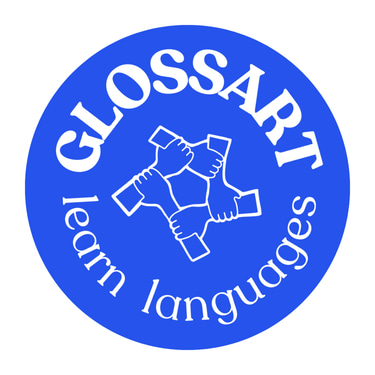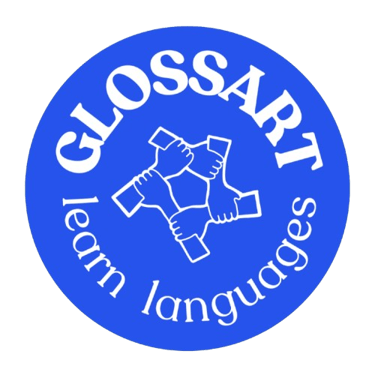Transform Your World with Language Learning at GlossArt Languages!
6 Language Learning Methods Backed by Science: What Really Works
Discover six powerful language learning techniques supported by neuroscience and educational research. From spaced repetition to sleep-based learning, Glossart Languages breaks down what truly helps you become fluent—smarter, not harder.
Evangelia Perifanou
3/3/20242 min read


6 Scientifically Backed Language Learning Methods: A Deeper Dive
By Glossart Languages | Cognitive Tools for Lifelong Learners
Language learning isn't just an art; it's a cognitive process deeply rooted in neuroscience and educational psychology. At Glossart Languages, we explore six of the most effective, research-based methods for acquiring a new language, drawing on decades of studies and insights from leading institutions and scholars.
1. Spaced Repetition Systems (SRS)
Key Research: Hermann Ebbinghaus' Forgetting Curve (1885); Cepeda et al. (2006)
Spaced repetition is a technique where learners review material at strategic intervals—right before they would typically forget it. This combats the natural decay of memory and enhances long-term retention. Tools like Anki and SuperMemo use algorithms to predict optimal review times, reinforcing vocabulary acquisition with minimal time wasted. According to studies, SRS can improve memory retention by over 200% compared to traditional review methods.
2. Total Physical Response (TPR)
Key Research: James Asher, 1960s
TPR links physical actions with language learning. Asher observed how children naturally acquire language by responding physically to verbal input. For example, when told "stand up" or "sit down," learners act out the instruction, which builds comprehension before production. TPR lowers the affective filter (Krashen) and boosts kinesthetic memory—especially effective with beginners, young learners, and in multilingual classrooms.
3. Comprehensible Input (CI)
Key Research: Stephen Krashen's Input Hypothesis
Krashen emphasized that language is best acquired when input is both understandable and slightly challenging (i+1). CI doesn't rely on conscious grammar drills but immerses the learner in meaningful language through books, dialogues, films, and audio with rich context. Neurological studies support that repeated exposure to meaningful input strengthens neural pathways associated with fluency.
4. Interleaving and Varied Practice
Key Research: Rohrer & Taylor (2011); Harvard and UCLA studies on learning strategies
Instead of focusing on one skill or topic at a time (blocked practice), interleaving switches between grammar, vocabulary, reading, and listening. It might seem chaotic, but it enhances cognitive flexibility and helps learners apply knowledge more effectively. Studies show that interleaving leads to better transfer of skills to new contexts and enhances problem-solving in language use.
5. Sleep-Based Learning and Memory Consolidation
Key Research: Rasch & Born (2013); Northwestern University (2012)
Contrary to the myth of learning entirely new material during sleep, what science confirms is that reviewing vocabulary just before sleeping enhances memory consolidation. Listening to previously studied words during deep sleep may reactivate neural patterns and strengthen retention. Sleep hygiene and learning timing play a crucial role in optimizing language memory.
6. Immersion and Contextual Practice
Key Research: Swain's Output Hypothesis; Language Immersion Programs (Canada, EU)
Being surrounded by a language accelerates acquisition, not just because of exposure but due to forced output. When learners must negotiate meaning, ask questions, and make themselves understood, they internalize grammar and vocabulary faster. Virtual immersion (e.g., language exchange, role-playing, simulations) can replicate this environment with high success, even online.
Conclusion: Glossart’s Blended Philosophy
At Glossart Languages, we believe no single method guarantees fluency. However, a blended approach—tailored to the learner's profile, goals, and habits—yields the most reliable and lasting outcomes. Whether you're a visual learner, a kinesthetic type, or an auditory thinker, incorporating these evidence-based methods increases both the efficiency and joy of the language learning journey.
Let your strategy be smart—not random. Your brain will thank you.
📚 Ready to find your method? Let’s talk. Book a free consultation with our team and explore the path that fits you best.
#GlossartLanguages #LanguageLearning #CognitiveGrowth #FluencyThroughScience #LearnSmart


